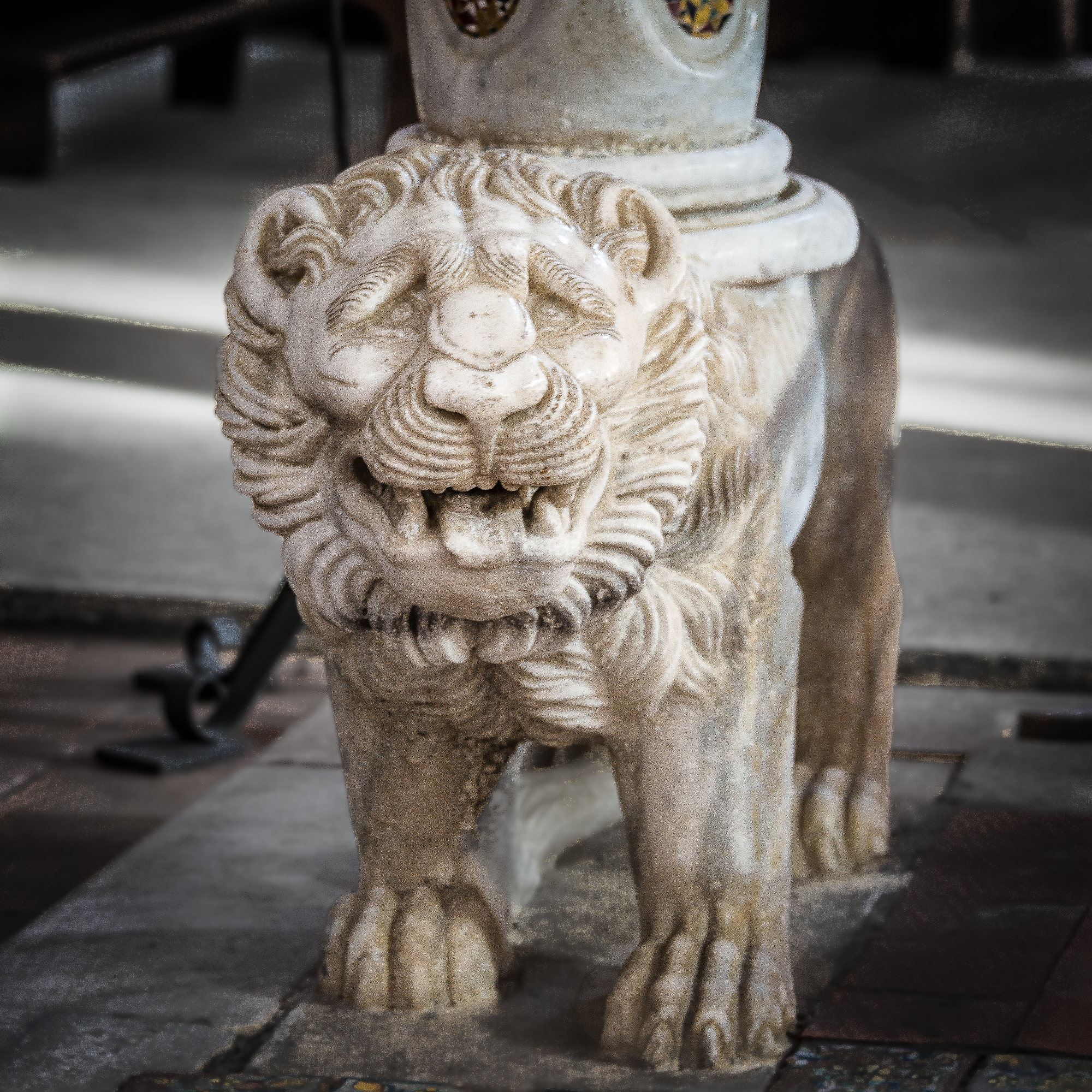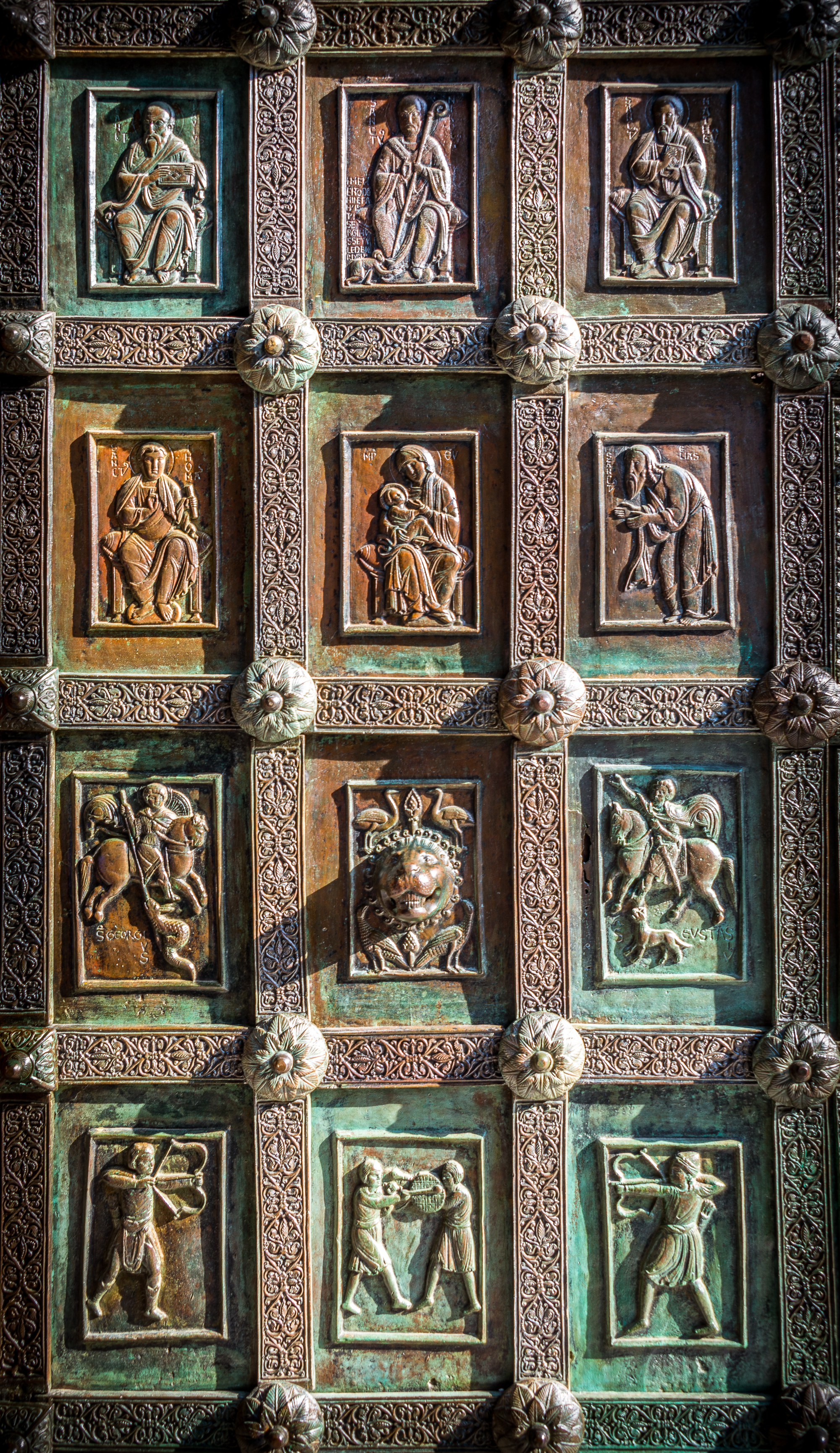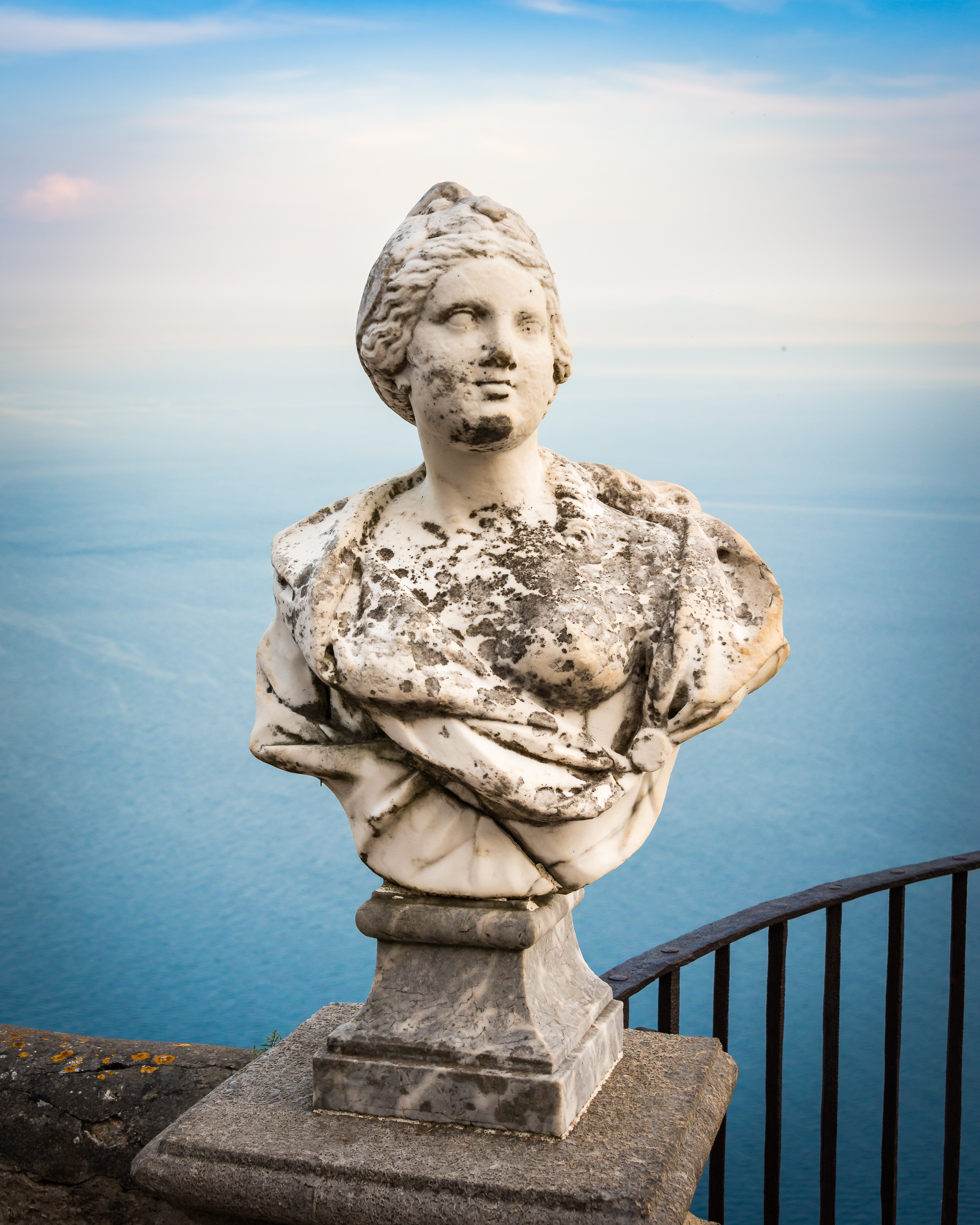I was asked recently to create an index of my past articles for Italy, Our Italy. So that's what I did!
In this index, you will find all 54 articles that I've published over the past year. That's right -- 54! I no idea that I had that much to say about Italy, but as I can't stop talking about it (according to friends), I guess I might as well be writing about it, too
The index is arranged into two columns.
- The first column shows all articles arranged by date, with the most recent at the top of the list.
- In the second column, you will find articles arranged by subject categories, with the most recent at the top of the list within category...and many of the articles can be found in more than one Subject category.
Some of the articles are obviously more favorite for me than others. It might be the subject, it might be the photos, or it might just be that I fell in love with my own words as I felt I was waxing poetic. Whatever, I have put the dates of my personal favorites in bold and italic.
All you have to do is click on the title for the article and you will be whisked away to the corresponding article -- as if by magic.
If you are new to my Italy, Our Italy blog articles, I hope that you will take a few moments to peruse the list to see if something strikes your fancy, and that you will then read on. If you are not new to by site, I hope that you will look through the list and revisit your own favorite articles. And, I love to get comments, so feel free to use the 'Comments' box to leave me (and the others who read my articles each week), your comments.
So, with no further adieu...[drum roll]...I give you 'The index'.....
Actually, I did come up with another adieu. I will update the index each week and I will have a link at the top of each article that will take you to the index. OK, now, having actually run out of adieus, here it is for you to click on...
>> Index for Italy, Our Italy Blog Articles <<
Ciao for now,
Steve


























































